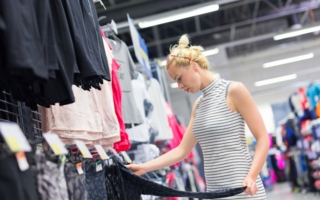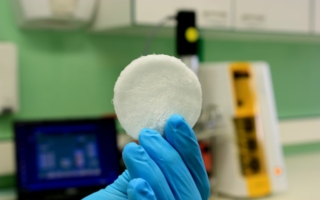Review of the industry - week 17/2024
At this point, we present the five most read articles of the past week. The ranking is based on your click behavior on the website.

In 2015, over 2100 products were withdrawn from the market, mostly owing to risks from chemicals. Textile and fashion items accounted for 17 percent of these (Photo: Matej Kastelic/Fotolia)

Wound dressing (nonwoven/fleece) made from alginate fibres derived from bacteria. Bacterial alginate nonwoven materials absorb up to 70% more liquid than marine alginate nonwovens (Photo: Hohenstein Institute)